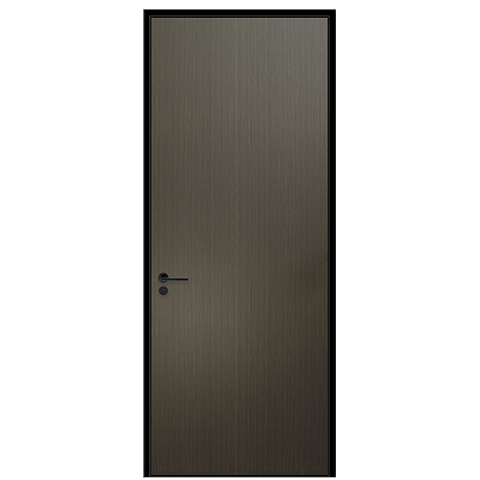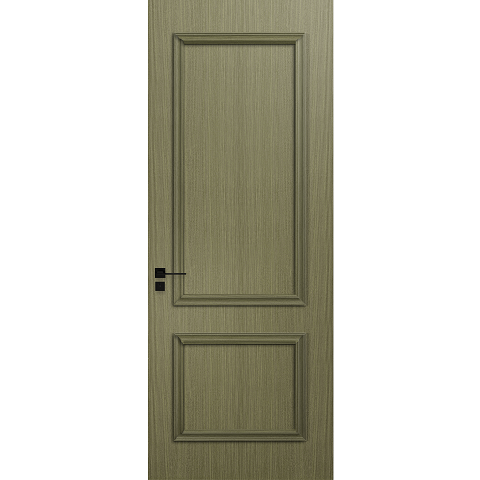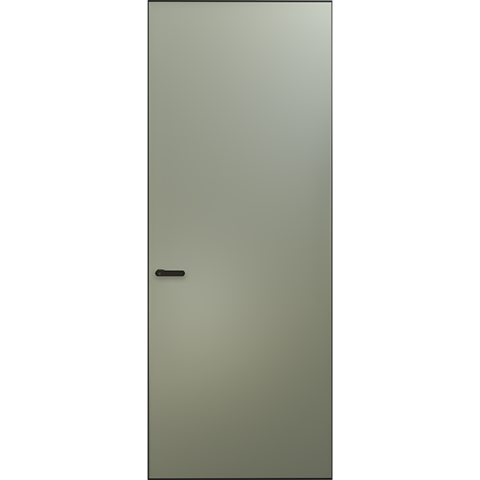How to choose soundproof glass windows?
did you sleep well?
A humble greeting
But it is the most caring care
darling, you know what?
300 million people in my country suffer from sleep disorders
The proportion of people born in the 1990s who often suffer from insomnia is 36%
Difficulty falling asleep, not sleeping deeply
If you exclude active staying up late or psychological factors
There is another important reason - noise interference
In recent years, in the face of an increasingly complex noise environment, more and more buyers are installing soundproof glass windows. The following Xiaobian from Baydee will lead you to popularize the relevant knowledge of soundproof glass windows.
Q1: Only vacuum glass is soundproof?
A1: The concept of vacuum glass is wrong. In principle, it is "insulating glass", which is divided into two types: filled with inert gas and not filled with inert gas. If the insulating glass is not filled with gas, in order to prevent it from being flattened by the atmosphere, there are many fulcrums in the middle, which constitute a sound bridge effect, and the sound insulation ability is equivalent to that of single-layer glass.
Q2: The larger the interval of insulating glass, the better the sound insulation?
A2: The common space distance is 9-27mm. When the hollow space is below 20mm, the larger the space, the better the sound insulation effect. If the space is above 20mm, increasing the space will not improve the sound insulation and heat insulation much. When you choose soundproof glass windows, you should choose at least 15A or more. Performance ranking: 18A=20A≈27A>15A>12A>9A. (Note: A refers to thickness, 15A means 15mm.)
Q3: Why is the house I bought with decoration, and the insulating glass windows were originally installed, but there is no sound insulation?
A3: Generally, the original windows of developers are hollow glass windows. In addition, the aluminum window structure is not designed for noise reduction, so it has poor function of isolating medium and low frequency traffic noise. If your house is on a main road in the city center, installing insulating glass windows alone is not enough to reduce road noise.
Q4: If you want to achieve a better sound insulation effect, how should you choose sound insulation glass windows?
A4: Sound insulation glass can be divided into three types: ordinary double-glass, triple-glass two-chamber and double-laminated hollow. In terms of performance, double-laminated hollow > three-glass two-cavity > ordinary double-glass, and the material of the glass is low-e, coated heat-insulating glass, etc.
Generally speaking, the normal configuration is double-glass hollow, and if the requirements are higher, three-glass and two cavities are recommended. If the price is not considered, the double-laminated hollow sound insulation effect is the best, but the price is very expensive. For example, for a double-laminated insulating glass with more than 3 square meters, the cost of shipping and construction has been more than 5,000 yuan.
Q5: Regarding the window frame material, is plastic steel better or aluminum alloy better?
A5: Most plastic-steel profiles contain lead salt stabilizers, which can easily lead to blood lead poisoning when aging. The plastic-steel windows are made of PVC, and the phenomenon of thermal expansion and contraction is obvious. Deformation in case of heat, brittle in case of cold, but also leaving a safety hazard. The special aluminum alloy profiles for sound insulation are more environmentally friendly, healthier, and have better sound insulation performance.
Among the aluminum alloys, the broken bridge aluminum structure has better sound insulation and noise reduction performance, but you get what you pay for, and the broken bridge aluminum structure is more expensive. Under the condition of using the same area and the same sound insulation glass, the broken bridge aluminum is about 1/3 more expensive than the aluminum alloy.
Q6: Have soundproof glass windows been installed, so I can't hear any sound in the house?
A6: Sound insulation is a systematic project, which is related to the material of the house, the original splicing, and the level of construction and installation. Soundproof glass windows are not omnipotent, because there are many ways of sound transmission, including air transmission and solid transmission. of. However, what is certain is that soundproof glass can improve the noise coming in from the window to a certain extent. It is ideal to control the interior at 35-40 decibels, and it can also improve the thermal insulation performance.
Q7: How many decibels is the noise in the residential area generally controlled, and people will feel comfortable?
A7: The "People's Republic of China Urban Regional Environmental Noise Standard" stipulates that the maximum noise level in areas mainly residential, cultural and educational institutions is 55 decibels during the day and 45 decibels at night. However, in real life, it is difficult for the relevant departments to pay attention to noise complaints, especially construction noise is difficult to avoid. For example, some early owners have already moved in, but later buildings are still under construction.
 Hot Recommendation
Hot Recommendation
 Latest Products
Latest Products



